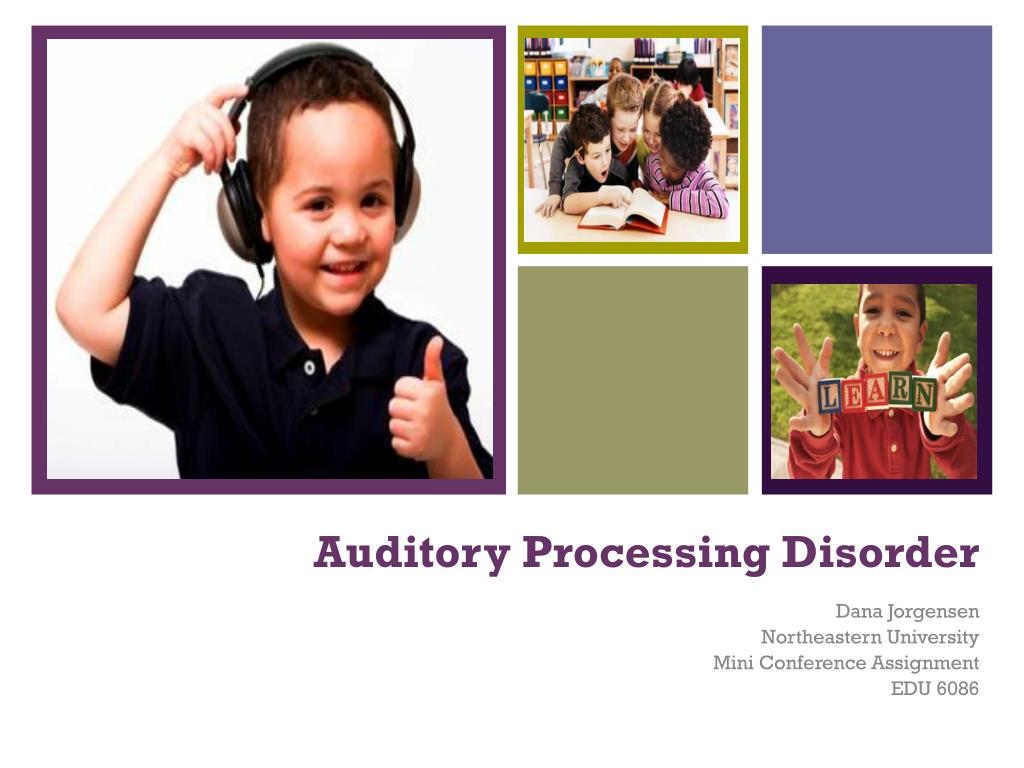
How are sensory processing issues treated in children? If your child shows signs of hyper- or hyposensitivity, his doctor or a mental health specialist will follow AAP's guidelines and check for other developmental issues like autism spectrum disorder, ADHD, OCD or an anxiety disorder. But since a toddler can have sensory issues but not have autism (and the reverse), it’s best to consult with your pediatrician for guidance.

Sensory issues and autism are indeed linked, as they're more often found in those on the autism spectrum. Sensory processing issues are seen more often in children with other disorders that affect communication and behavior, such disorders that are on the autism spectrum. More research is needed to learn the reasons sensory processing difficulties occur, but one study on twins found that genetics might be behind overly-sensitive reactions - if one twin was affected, the other was more likely to be as well. While the exact causes are unknown, it's thought that a combination of genetic and environmental factors may contribute to sensory processing issues. What causes sensory processing issues in children? May crave fast spinning, hard hugs, or love being tossed in the air or jumping on furniture.May act very fidgety or be unable to sit still.May have a very high tolerance for pain.May frequently touch things and people, or not understand personal space when other kids do.May have trouble being gentle with animals.


May spin around frequently or have trouble balancing.May find it unbearable to wear clothes with tags or rough fabrics if they’re very sensitive to touch, or seem insensitive to pain, extreme heat or cold due to an under-sensitivity to stimuli.May hate being touched (if they’re overly sensitive) or seem unable to resist touching everything (if they’re under-sensitive).Here’s a sampling of some signs to look for:
#Processing disorder how to
If you’re wondering how to tell if your toddler has a sensory processing issue, know that it can take many forms. What are the signs of sensory processing issues in children? Your doctor may also spot signs after developmental screenings at the 18-month or 2- or 3-year doctor well-child visits.Ī referral to a developmental and behavioral pediatrician, child psychiatrist, a child psychologist, neurologist or your state's early-intervention program may be recommended. The evaluations could, of course, reveal that your child’s ultra-sensitivity is simply typical toddler developmental behavior, but it’s better to be sure.

While there’s no specific test your doctor can run to tell if your child has sensory processing issues, talk to your pediatrician about any concerns you have. Instead, when sensory symptoms are present, other developmental disorders - specifically, autism spectrum disorders, attention deficit/hyperactivity disorder (ADHD), developmental coordination disorder and anxiety disorder - should be considered and evaluated.
#Processing disorder manual
However, sensory processing disorder isn’t included in the Diagnostic and Statistical Manual of Mental Disorders (DSM-5) that’s used by physicians and psychologists to officially diagnose developmental conditions, and the American Academy of Pediatrics (AAP) advises that doctors not use sensory processing disorder as a diagnosis. These kids are unusually indifferent to sensations and some might seem to be starved for stimulation, constantly needing to touch, sniff and taste - well outside the realm of appropriate or typical exploration.Ī child with sensory processing issues is sometimes referred to as having sensory processing disorder (SPD). On the opposite end of the spectrum are children who have an under-sensitivity, or the hyposensitive tyoe of sensory issues. These scenarios are considered an over-sensitivity, or the hypersensitive type of sensory issues. Examples of sensory issues include not being able to stand certain textures against one’s skin, getting upset when a siren screams by or avoiding hugs. Sensory processing refers to the way in which a child responds to what he feels, tastes, smells, sees or hears.


 0 kommentar(er)
0 kommentar(er)
